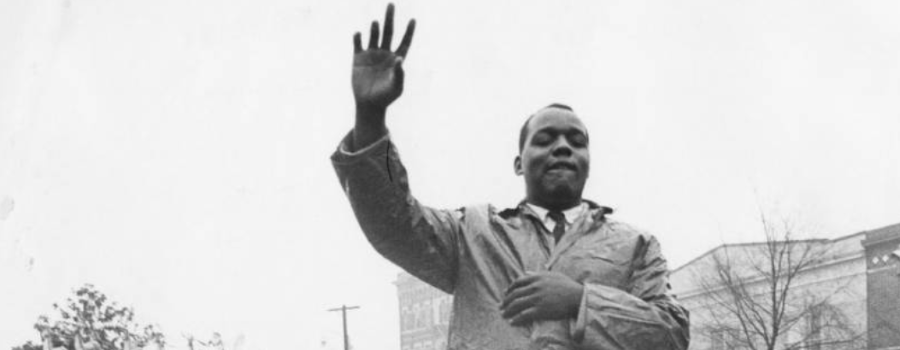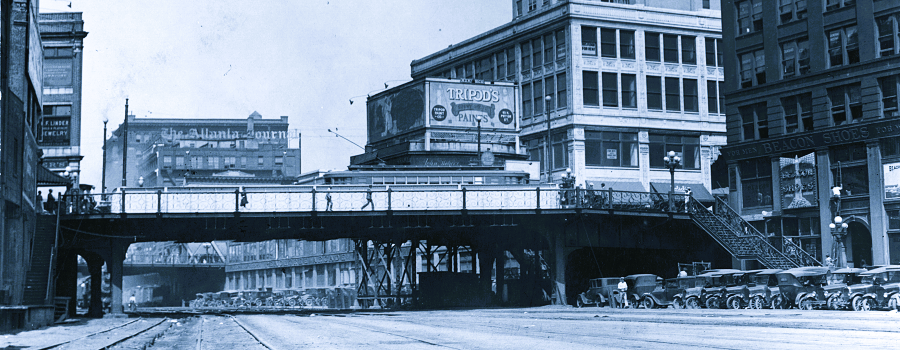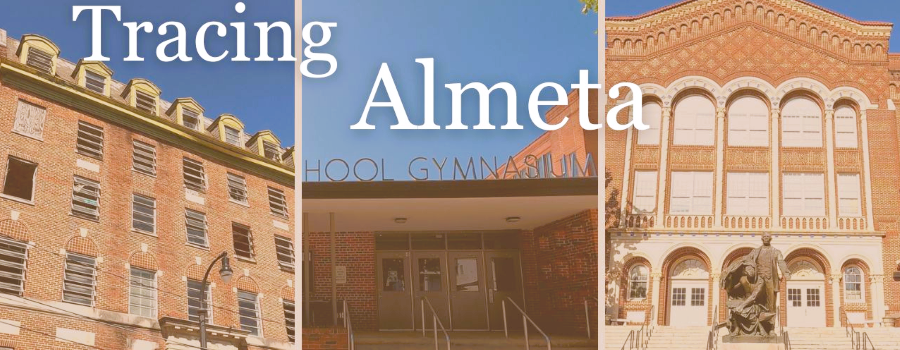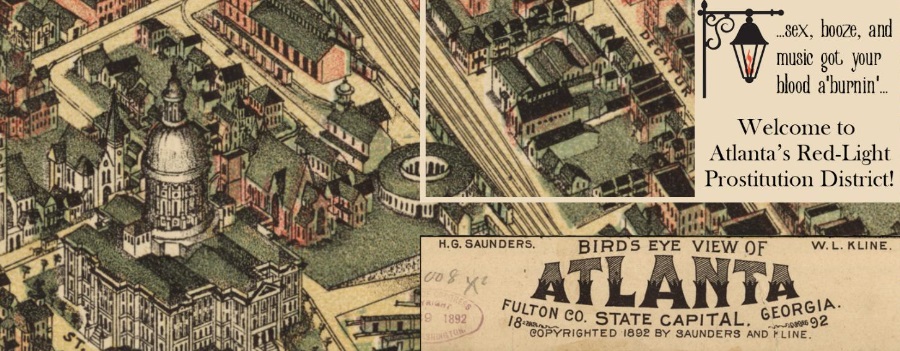Format: Photographs
Lonnie King: The Life and Legacy
Contains original materials donated to GSU Library’s Special Collections & Archives. These items are comprised of correspondence, legal documents, notes and research materials, photographs, and...
Read More
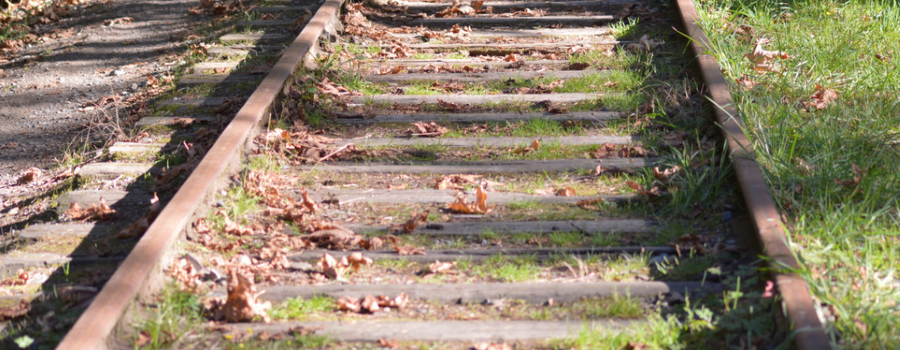
Atlanta Rail Corridor Archive
Archived by the Wayback Machine. Traces the history of the historic rail corridor that is currently under redevelopment as the Atlanta BeltLine. This site showcases...
Read More
The Elevated City
Atlanta, a new city established by the railroads in the 19th century and transformed by the automobile in the 20th century, was built first for...
Read More
Tracing Almeta
Mapping Atlanta’s Jim Crow Era Women’s Basketball Community. During the era of legalized segregation, Black Atlantans created their own economic, educational, and recreational institutions. In...
Read More
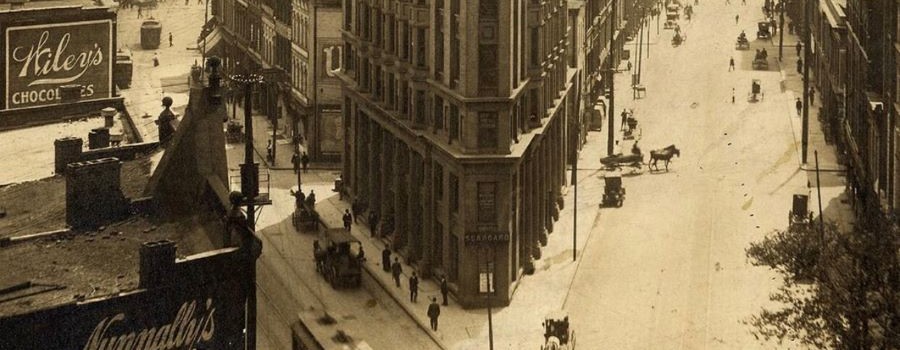
The Histories of Our Streets
Georgia State University students map Atlanta’s past. This website is produced by Dr. Marni Davis and her students at the downtown Atlanta campus of Georgia...
Read More
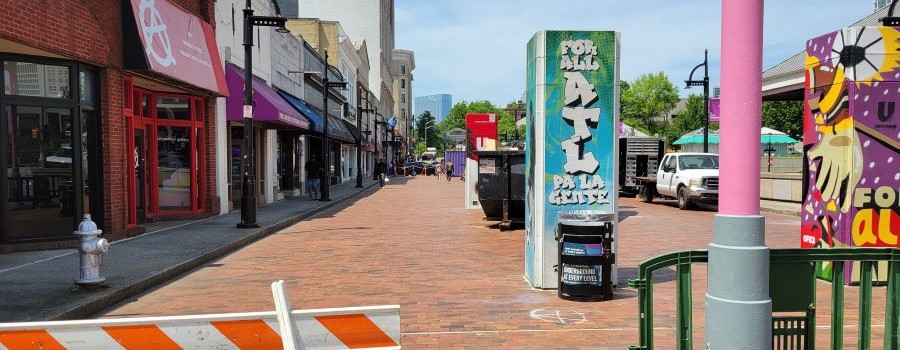
Before Underground
Within Georgia State University Library’s digital collections can be found a series of approximately 100 photographs depicting downtown Atlanta streets in 1927, focusing mainly on...
Read More
Historic Harlots of Old Atlanta
Digital tour of the rise and fall of the bawdy brothels that lined Downtown Atlanta’s Collins Street from the late 1800s to the early 1900s—showcasing...
Read More
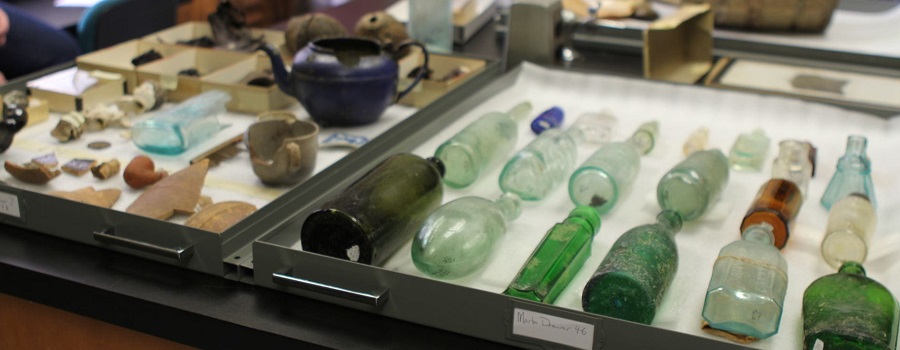
The Phoenix Project: Resurrecting the MARTA Archaeological Collection and Atlanta’s Past
During the 1970s, Georgia State University archaeologists conducted systematic excavations associated with the construction of the Metro Atlanta Rapid Transit Authority (MARTA) rail lines. This...
Read More
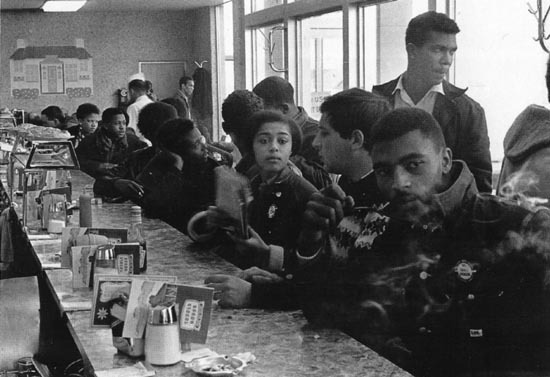
Atlanta Sit-Ins, 1961-1964
Beginning in 1960, the Atlanta sit-in movement took over the downtown area of the city. Follow this tour to see where student activists conducted their...
Read More
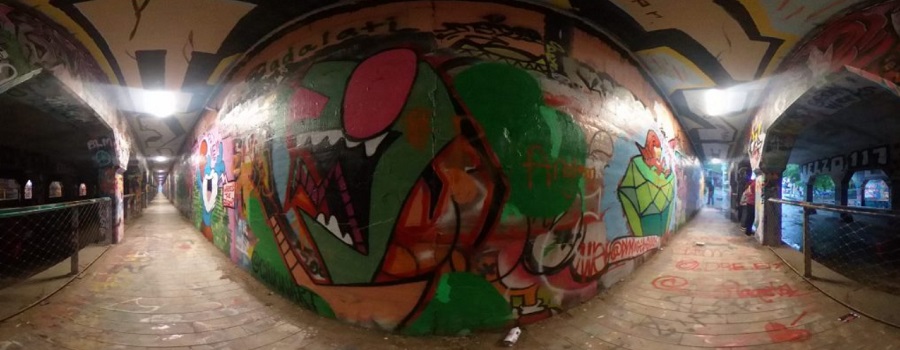
Krog Codex: Archive of Krog Street Tunnel
A Community Interactive Digital Archive. Krog Street Tunnel is one of Atlanta’s premier destinations for street art, political communication, and a community bulletin board. Since...
Read More

Unpacking Manuel’s Tavern
Aims to both preserve this unintentional archive as it was before Manuel’s Tavern underwent renovations in 2015 and provide a platform through which one might...
Read More
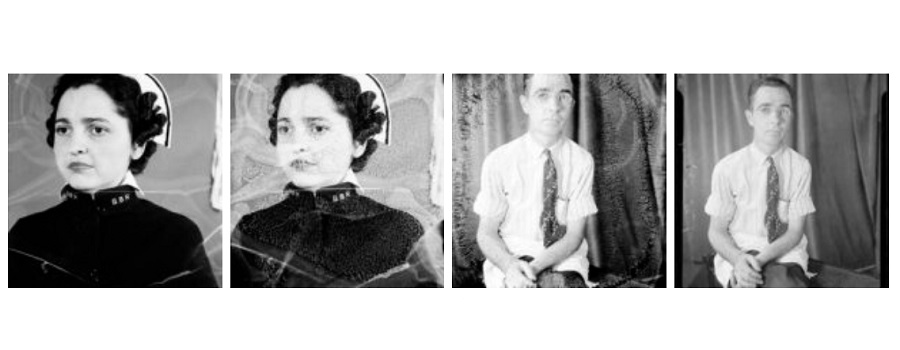
A Race Against Time: Saving Atlanta’s Photographic History
Online exhibit feature photographs and negatives from Georgia State University’s Special Collections and Archives, consisting of images from six photographic collecting areas: Lane Brothers Commercial...
Read More
 Georgia State University Library
Georgia State University Library
